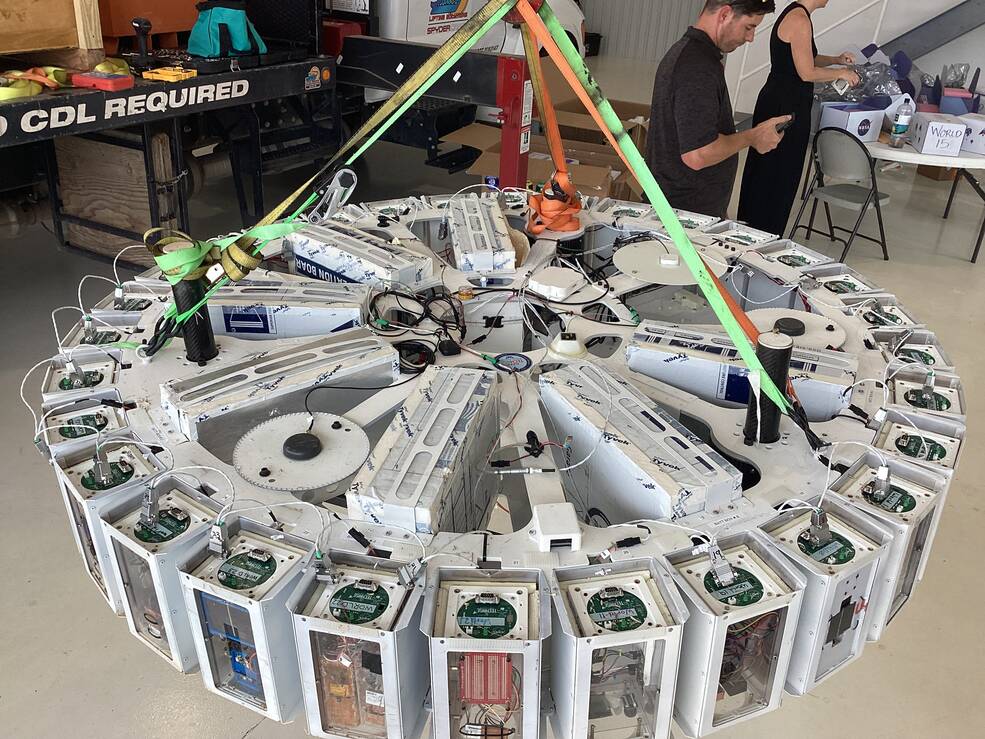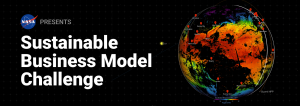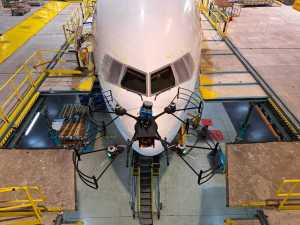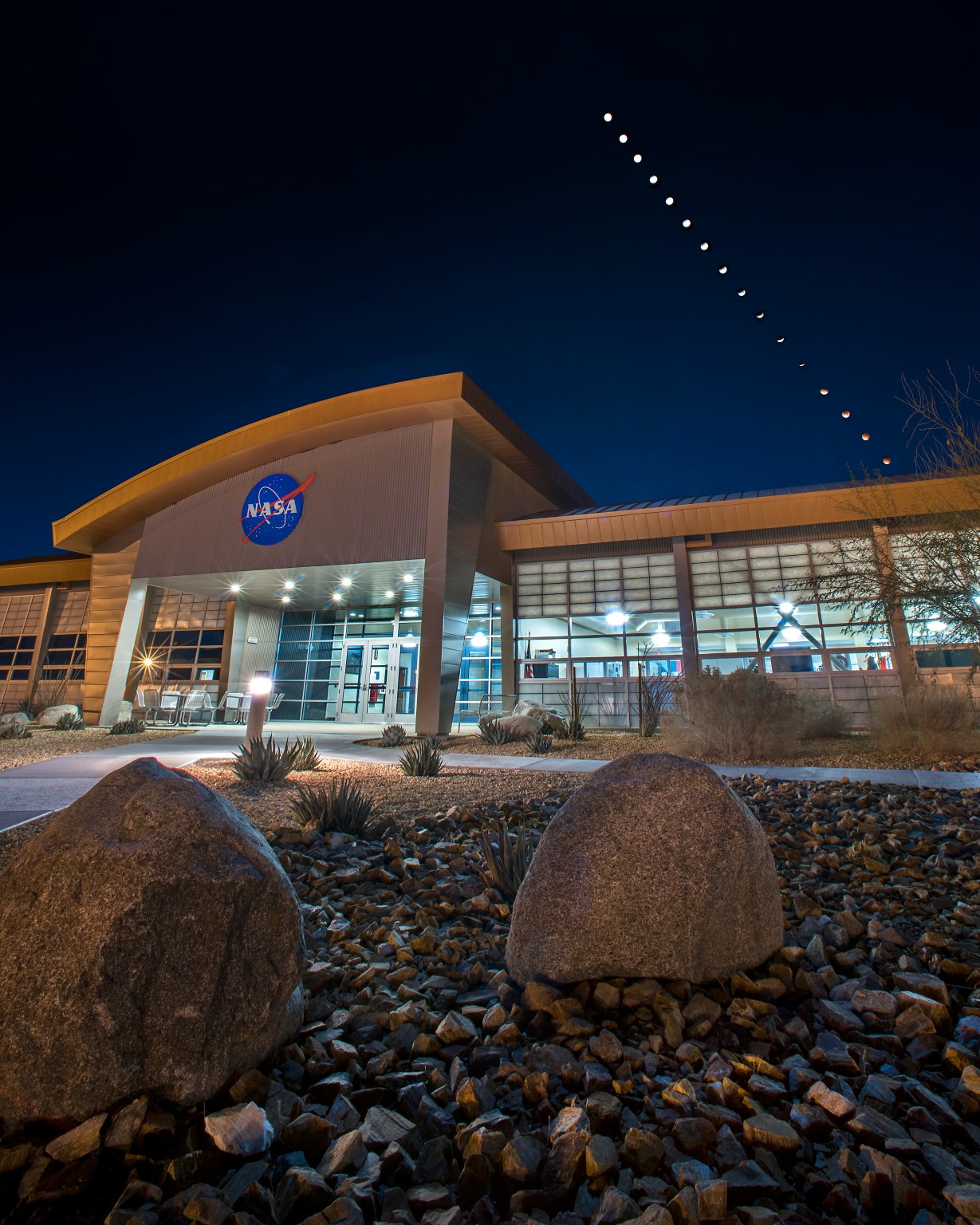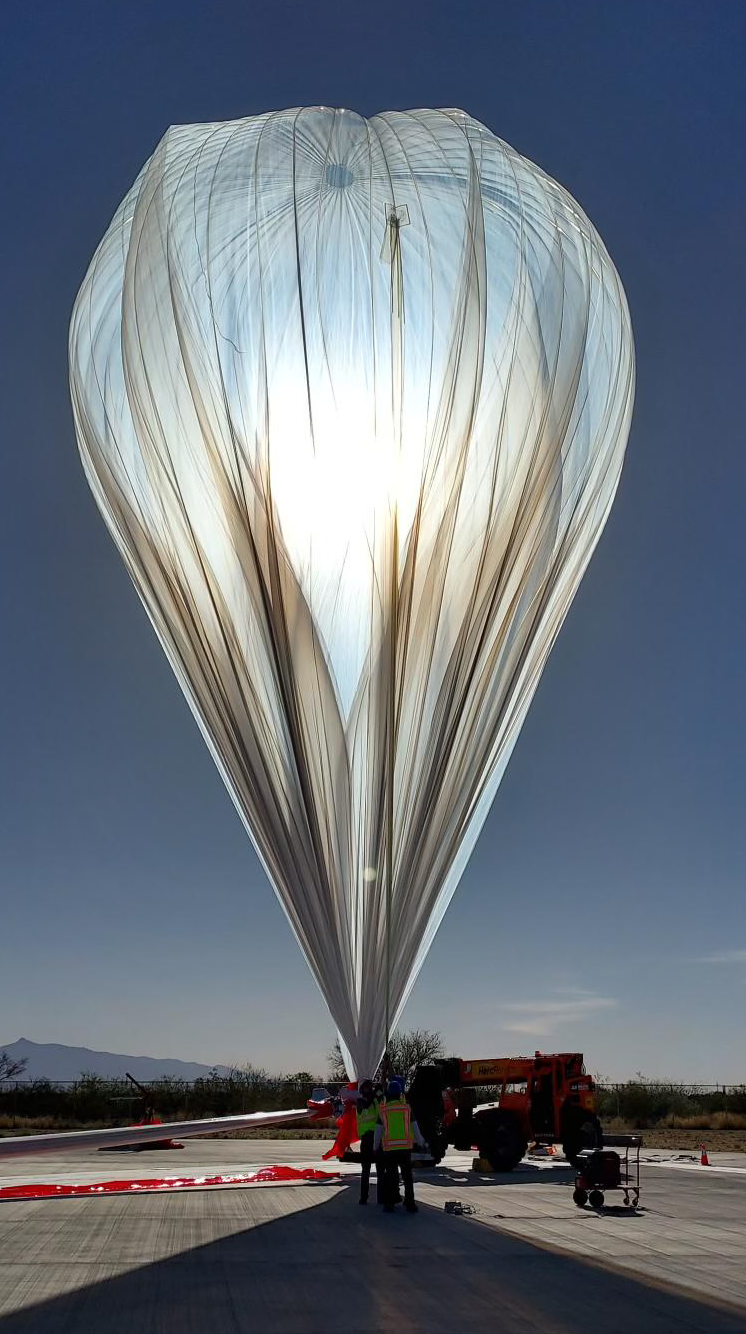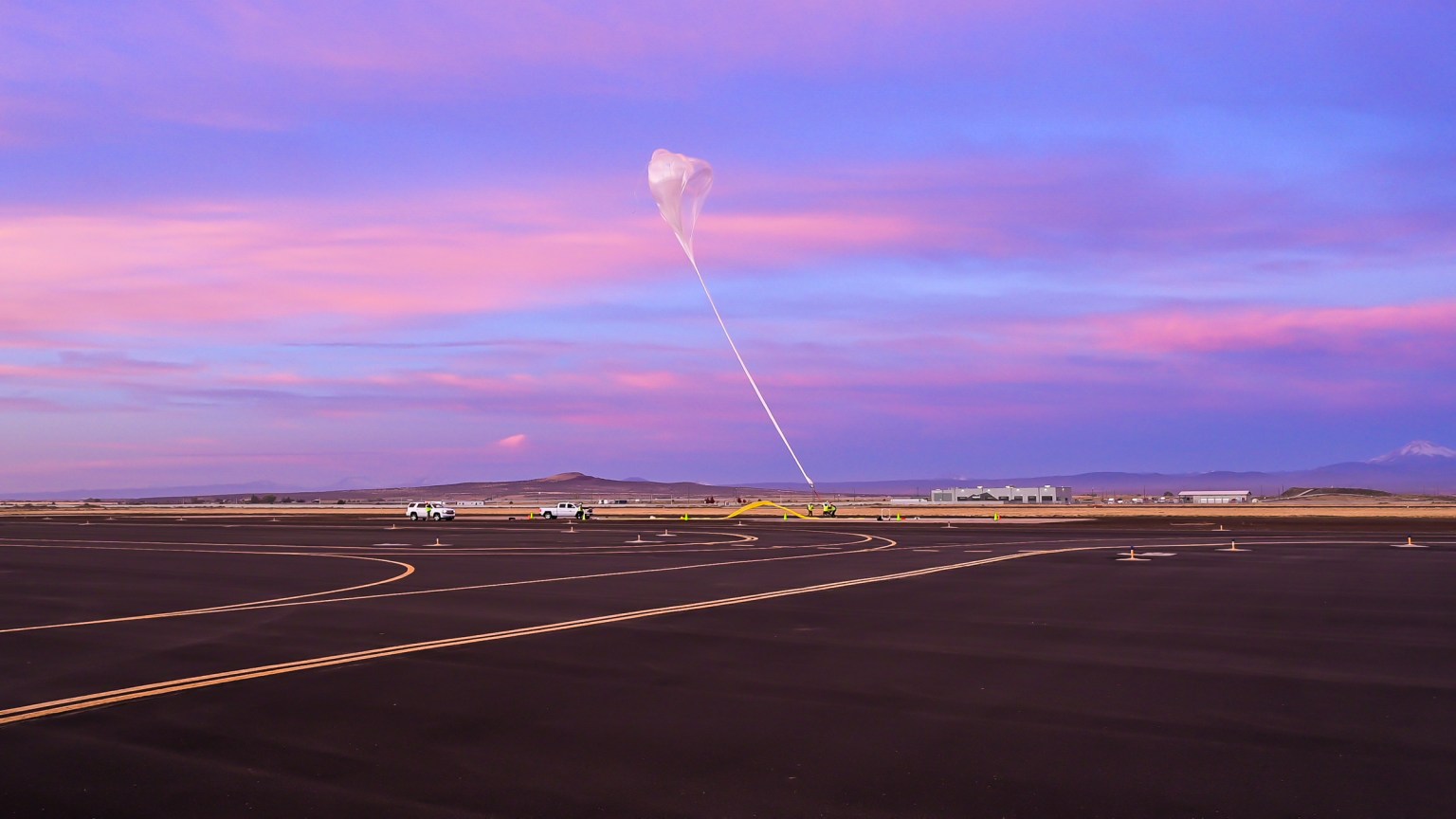On July 24, students from 30 middle and high schools selected for NASA’s TechRise Student Challenge watched their experiments launch aboard a high-altitude balloon, marking the culmination of months of hard work.
Flight tests play a critical role in advancing the agency’s space exploration priorities. TechRise – led by NASA’s Flight Opportunities program and administered by Future Engineers – allows student teams to participate directly in the process by giving them the chance to design and build experiments for suborbital flight. This test is the latest flight in a series for TechRise payloads this summer and beyond.
“It’s incredible to see what the students do. We ask them to design the experiment, and then build and prepare it so it’s flight-ready within a period of about four months,” said Danielle McCulloch, program manager for Flight Opportunities at NASA’s Armstrong Flight Research Center in Edwards, California. “Along the way, they have to learn from their mistakes and overcome challenges to bring it all together – following the same process used by all other Flight Opportunities-supported researchers.”
The high-altitude balloon from Tucson-based World View launched at 6:42 a.m. MST from Page, Arizona. Student projects flew for over four hours in the stratosphere at approximately 96,000 feet – more than twice as high as commercial planes fly – enabling data collection by experiments in areas such as pollutants in the atmosphere, machine learning in low Earth orbit, climate change, air quality, and other space exploration and Earth observation topics.
One experiment – from middle school students at Herberger Young Scholars Academy in Glendale, Arizona – measured the effects of high altitude on solar panel energy output. Sensors measured solar panel current output at specific points during the rise and fall of the high-altitude balloon.
The team from Northwood High School in Irvine, California, conducted an experiment on protecting computer components from radiation in the stratosphere. Students will analyze data to compare gallium nitride MOSFETs (metal-oxide semiconductor field-effect transistors) with more commonly used silicon MOSFETs to determine the material best fit to repel radiation.
“The students truly learned what it meant to collaborate, persevere, and think critically when overcoming challenges,” said Gabby Camacho, the teacher leading Northwood’s team. “I also appreciated the expertise and mentorship NASA TechRise was able to provide and the time and dedication they poured into the students over the past school year.”
Flight Opportunities is managed at NASA Armstrong and is part of NASA’s Space Technology Mission Directorate.
NASA will be launching the next TechRise Student Challenge in August 2023. To learn more about TechRise and sign up for updates about future challenges, visit https://www.nasa.gov/techrise-student-challenge.
Chloe Tuck
Armstrong Flight Research Center


























